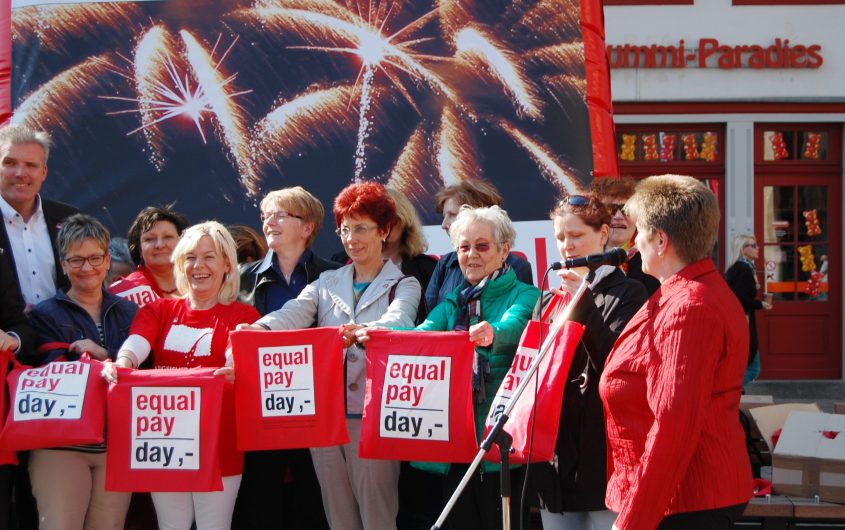
Michael Panse via Flickr
Can Family Policies Make A Difference for Fertility and Female Employment Rates?

Lars Wolf
Development Intern
Lars Wolf was a Development Intern at AICGS for the summer of 2018. His primary roles include database management, assisting fellows with research for current projects, and event support, particularly for the Institute’s annual fundraising dinner. Mr. Wolf is currently pursuing a Bachelor's degree in Economics with a minor in German Studies from Franklin and Marshall College.
In recent decades many OECD countries including Germany, the U.S., and other European countries have made changes to their family policies which include paid parental leave, childcare subsidies, and per-child subsidies. These reforms are a response to concerns about falling birth rates especially among highly educated women, low maternal employment rates, and large gender-gaps in wages, all of which are largely due the significant obstacles to women’s careers posed by childbirth and childrearing. Using a structural economic model estimated with data from Germany, Ms. Hanna Wang studies whether family policies are effective at solving these problems and reconciling family and work for women and discussed her findings at a recent AGI seminar.
The fertility rate across OECD countries has been dropping steadily, especially for educated women. This trend is reaching the point at which the population replacement rate is above the current fertility rate. An aging population with a low fertility rate poses a demographic threat to most countries. The causes of this are widespread and must be addressed through shifts in policy if a steady population level is to be maintained.
This presentation analyzed the effects of various family policies, such as increases in paid parental leave job protection, childcare subsidies, and per-child subsidies, to create a model which could be used to simulate the effects of hypothetical policies. This model would be immensely useful to policymakers to estimate a dynamic discrete choice model of women’s life-cycle fertility and labor supply. Once the social and economic burdens that are placed upon women are relieved through these policies, a positive shift can finally occur.
Key Takeaways:
- Having children is costly for a woman’s career in several ways: fewer hours worked due to maternity leave and missed experience and business opportunities, leading to lower wages.
- These issues could be addressed through the effective use of family policies.
- Guaranteed paid parental leave would ensure that having children would be economically viable and would not damage careers. Job protection when on leave is also a policy of critical importance.
- Childcare subsidies and per-child subsidies would also prove effective in encouraging women, especially educated women, to have more children.
- Policy changes tend to be more advantageous to highly-educated women. Changes are also more likely to increase fertility in this group.
Supported by the DAAD with funds from the Federal Foreign Office (FF).









